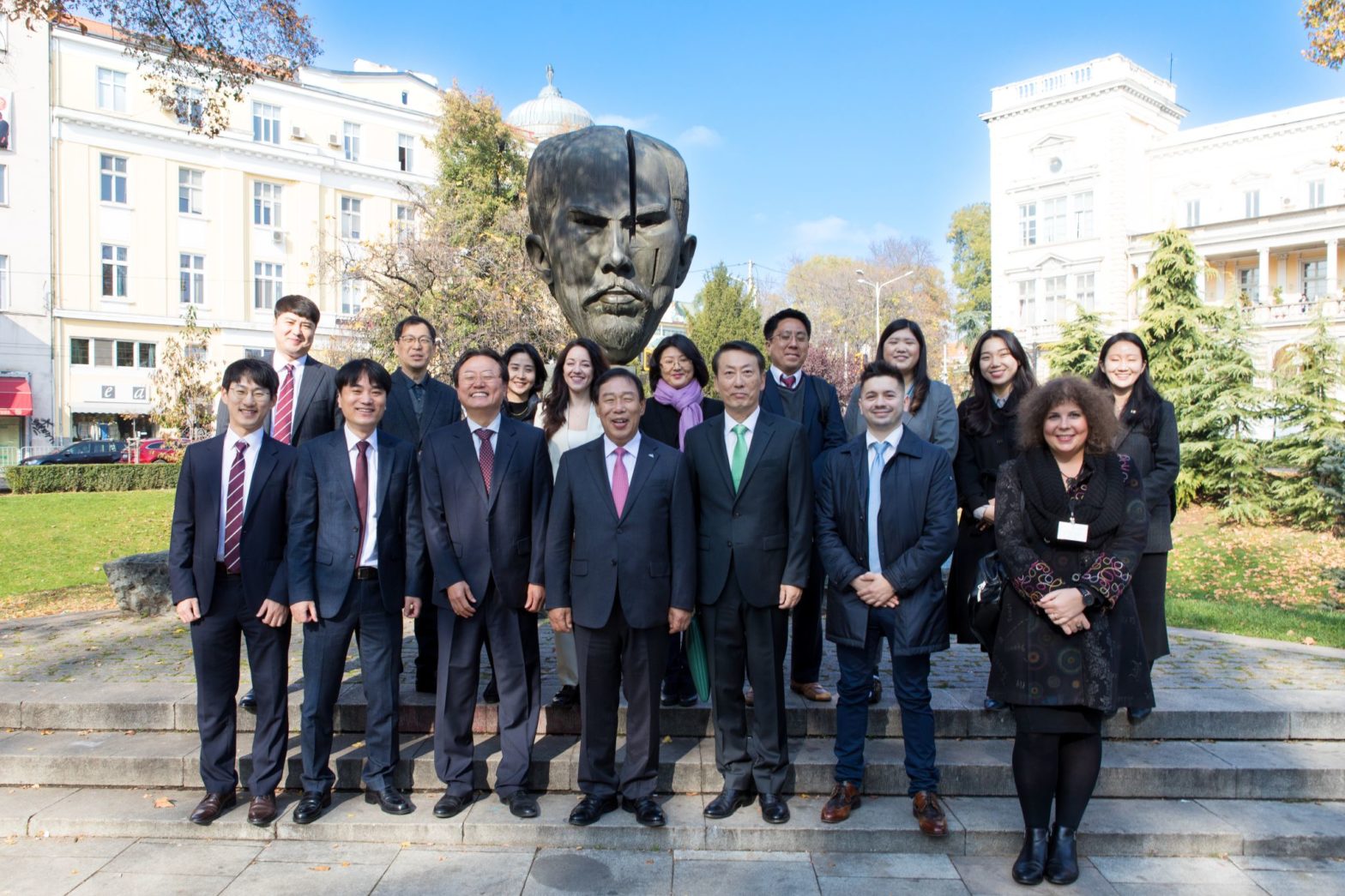A delegation from Sejong visited Rotterdam and Sofia between 6-11 November 2022 via the EU-funded IURC programme. Sejong is partnered with Sofia in the project with a focus on new & renewable energy and smart mobility, but has been branching out into a partnership with Rotterdam on shared mobility. Having hosted both Rotterdam and Sofia in July and August respectively, it was an exciting opportunity for the Sejong delegates to undertake reciprocal visits.
The study visit in Rotterdam took place over one day, where the Head of the Mobility Department at Rotterdam welcomed the Sejong delegates and expressed his warm hopes for a beneficial study visit, thanking Sejong for their hospitality in July. Rotterdam opened with presentations to help set the scene and establish the context for the development of the city and its thoughts about mobility. It is critical to understand the past of Rotterdam to properly understand its future direction.
In Rotterdam, more than 1/4 of local transportation is conducted via bicycle!
Afterwards, they learned about the cycling infrastructure of Rotterdam and how popular cycling is—not just as a leisure activity—but actually as a practical mode of transportation. In Rotterdam, more than 1/4 of local transportation is conducted via bicycle! The prevalence of cycling as a mode of transportation has led the Netherlands to switch from 4-way intersections to roundabouts that prioritize cyclists and pedestrians. The delegates then got the chance to bike around Rotterdam themselves, cycling over 8 km to personally experience the cycling infrastructure and see famous sights.
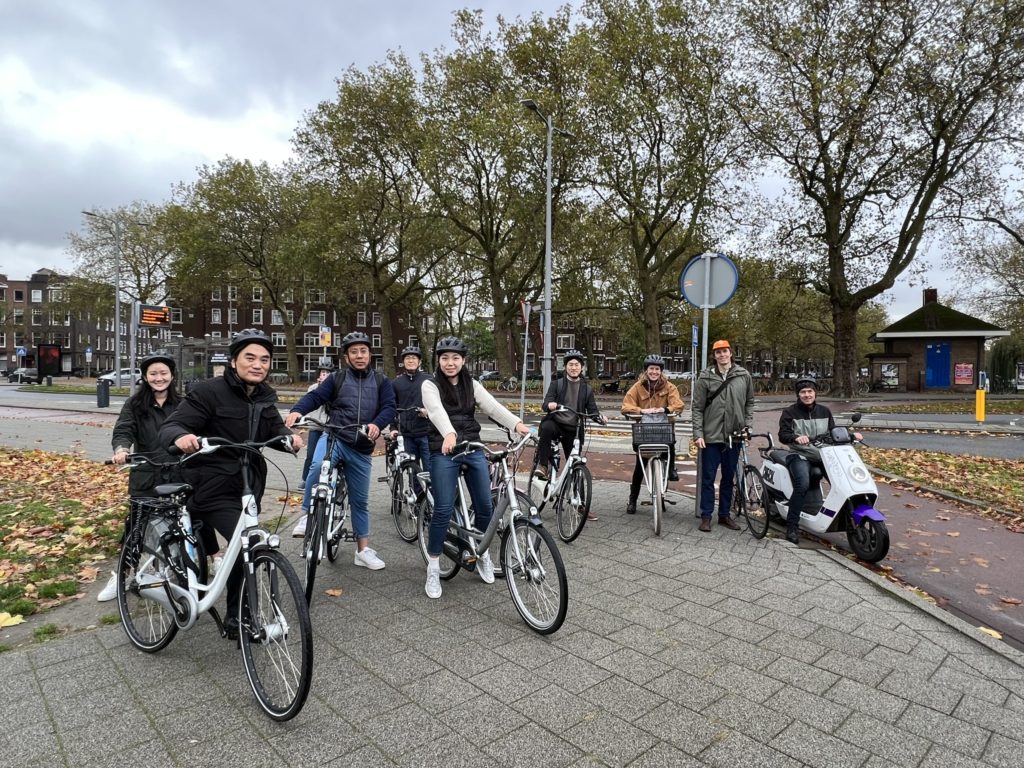
At Rotterdam Science Tower, they learned about some of Rotterdam’s future mobility plans. Hyperloop is a promising model for the future as it is a mode of transportation that is green, flexible, and does not require a lot of space. Since it is carried out in an enclosed low-pressure tube, it is not influenced by outside elements and has low maintenance costs. It would also be a high-speed form of travel, allowing people to travel across continents as though it was a single metropolis. Although right now it is still in the development phase, Hardt Hyperloop plans to have a working hyperloop by 2026 with a minimum viable route.
To wrap up the day, the delegates visited the Future Mobility Park to see an automated delivery robot that can also communicate with traffic lights to intelligently traverse across areas. They also had a chance to see the intelligent traffic lights that are installed as a test and look at the real-time control centre.
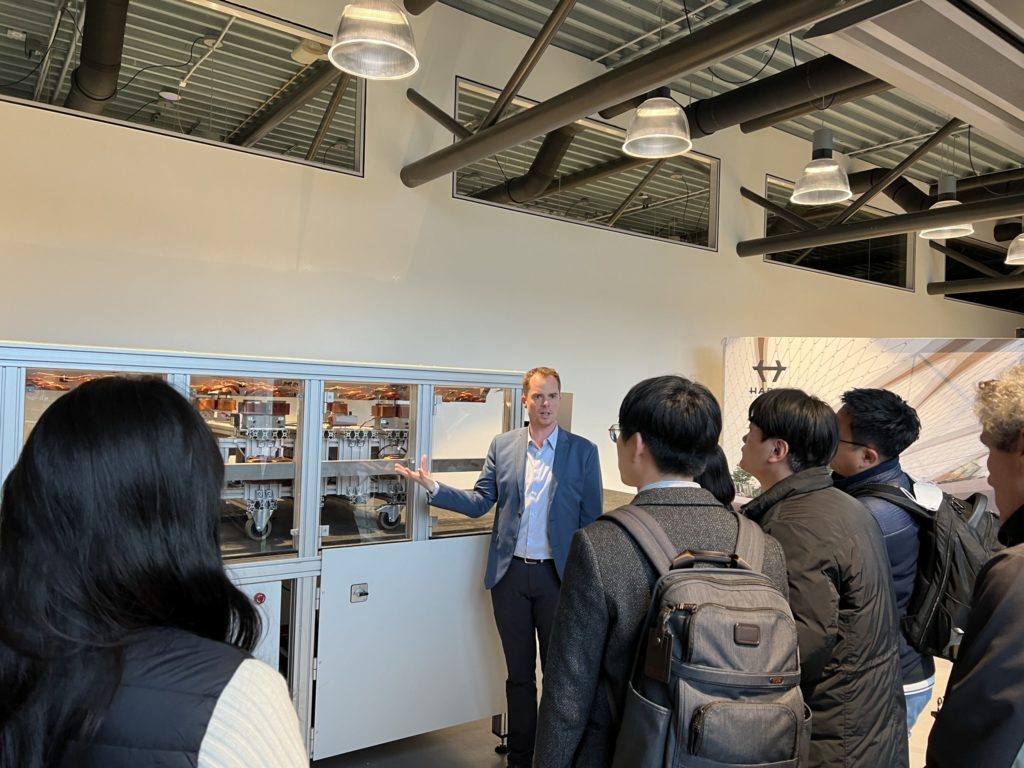
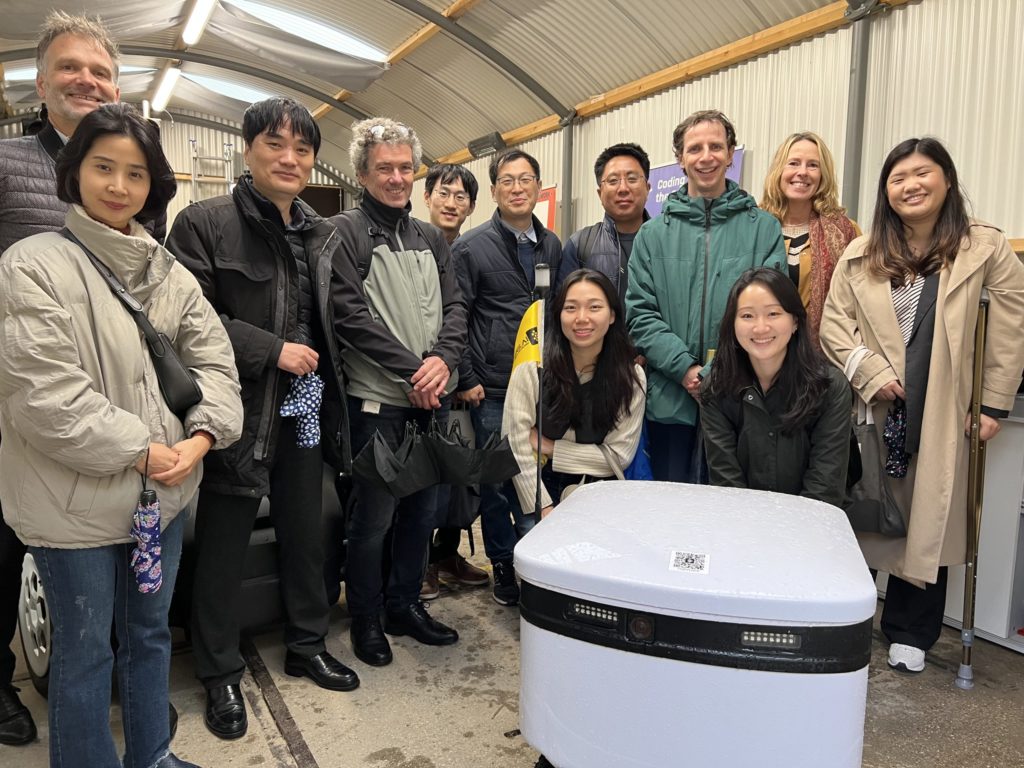
Delegates from Sejong and Sofia also participated in the IURC Global Event that took place on 8 November 2022. Sejong and Sofia presented their planned pilot action on individual household solar panels. The EU Recovery and Resilience programme offers an opportunity to execute this action, as it can provide funding to install solar panels for 10,000 houses. Since this concept of individual household solar panels can provide individual benefit in blackout situations and also reduces space needed for solar panels, it is a win-win situation for both the citizens and the government.
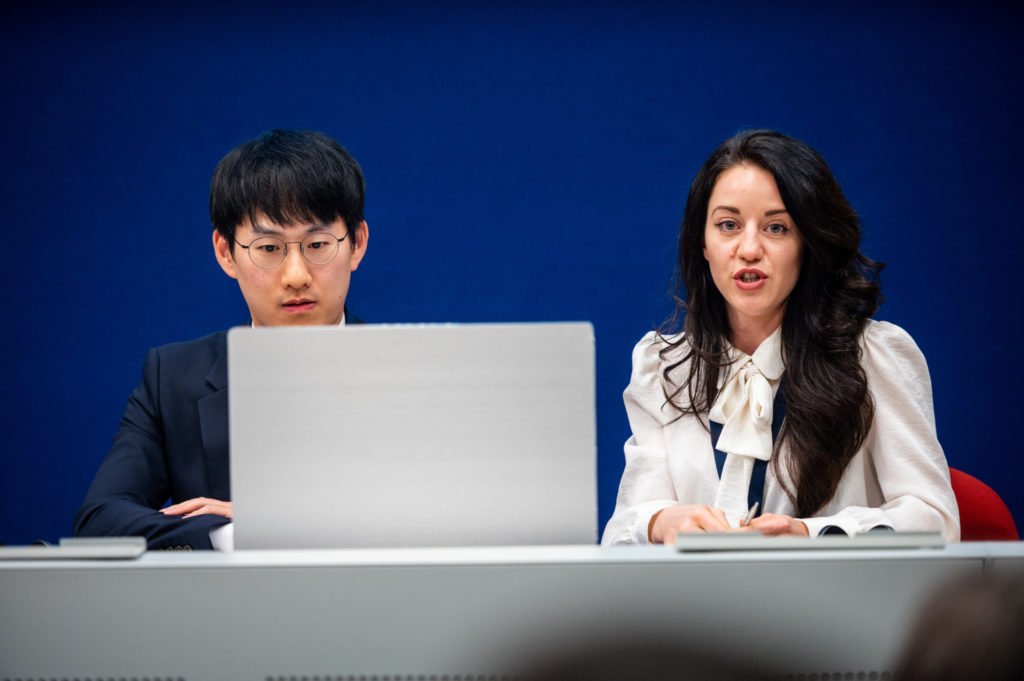
Joined in Sofia by the Mayor of Sejong, the study visit to Sofia started with a cultural tour of the centre of Sofia. The delegation, including Mayor Minho Choi, the Mayor of Sejong, Ambassador Yongil Rhee, Ambassador for International Relations of Sejong City, and Ambassador Ho-shik Lee, Ambassador of the Republic of Korea to Bulgaria, walked around the centre of Sofia to see some of its famous historical landmarks.
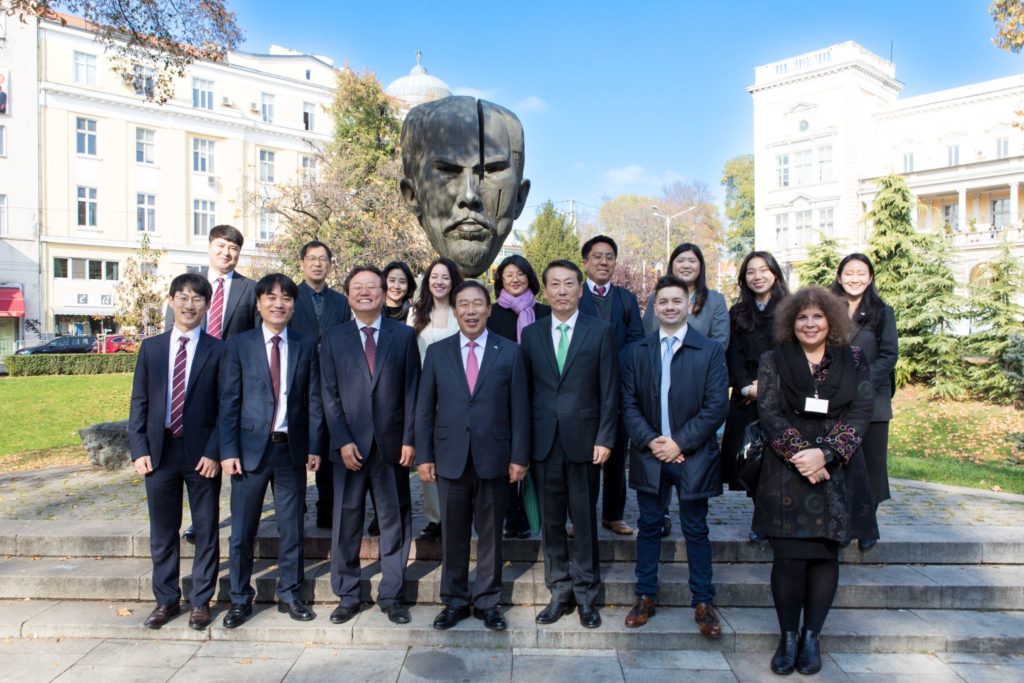
The Mayor of Sejong and the Mayor of Sofia met face to face for the first time in Sofia City Hall, where both mayors expressed their hopes for their cooperation to be even deeper in the future. Mayor Fandakova shared how Sofia’s recent focus has been on the younger generation and elderly people, specifically in the field of digitalization to provide access to the younger generation on diverse opportunities. Afterwards, they signed the Memorandum of Understanding to solidify the cooperation intent between the two cities into the future, beyond the scope of the IURC programme.
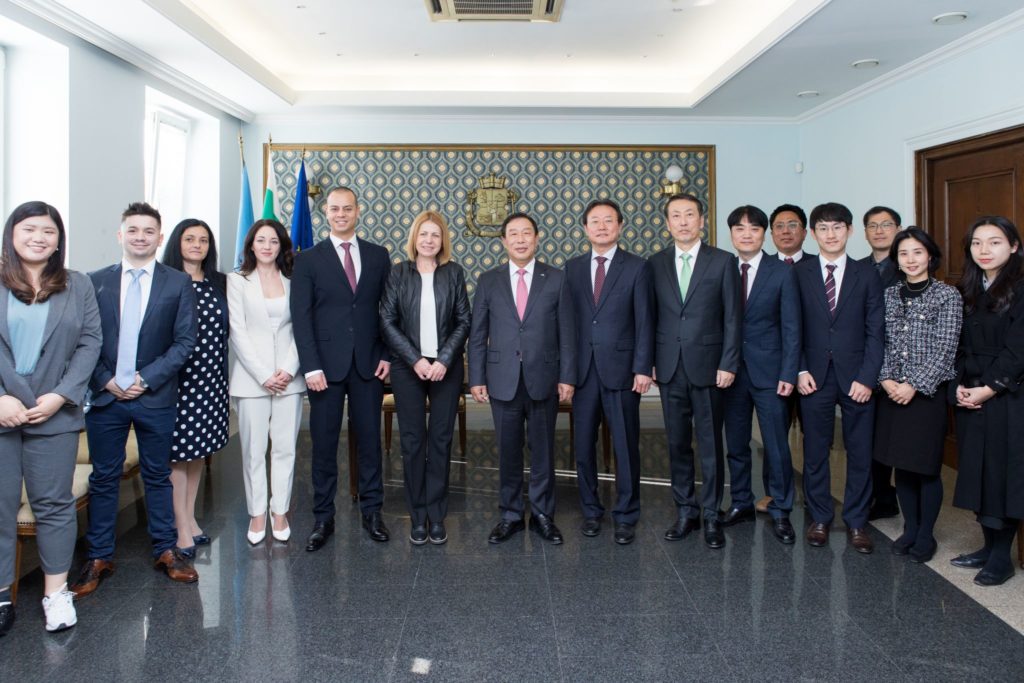
To wrap up the first day, the delegates visited the Sofia Urban Mobility Center and INNOAIR, where they learned about the state of urban mobility in Sofia and especially about the automated ticketing system currently in place in the city. In Sofia’s point of view, the better and more convenient public transport is, the more citizens will be inclined to use it over private transport, so it is important for them to properly analyze data and effectively direct their resources to the right places.
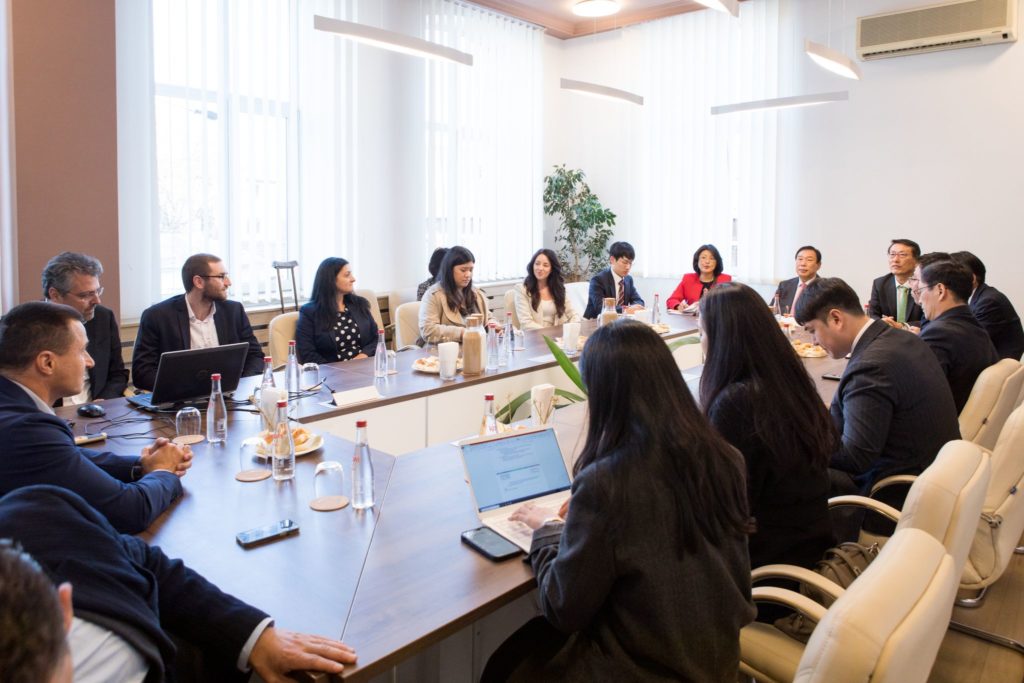
The next morning was busy as Sejong met stakeholders from Sofia, including Invest Sofia, InvestBulgaria, BeSCO, and Sofia Tech Park. Invest Sofia, InvestBulgaria, and BeSCO will all be key stakeholders in the pilot action that Sofia and Sejong plan to take together on solar panel development and investments in Bulgaria. Sofia is a good place to invest in right now as it is defining itself as a global hub for R&D and represents 45% of Bulgaria’s GDP. Sejong and Sofia also share many priority areas for future development, especially in start-ups: green energy, AI, autonomous driving, etc. Bulgaria currently has a strong interest in tech, especially, with BeSCO focused on the tech sector and InvestBulgaria in robotics.
Sofia Tech Park connects companies and researchers and hopes to become a hub of technology by 2030. It aims to provide a sustainable entrepreneurial ecosystem for innovators and researchers, and has held over 250 activities to provide learning and exchanging opportunities for companies. Sofia Tech Park even has TechnoMagicLand, a place where children can be introduced to technology from a young age. The Tech Park serves not only as an incubator for start-ups to grow and develop when they are starting out, but also as a research location for more established companies.
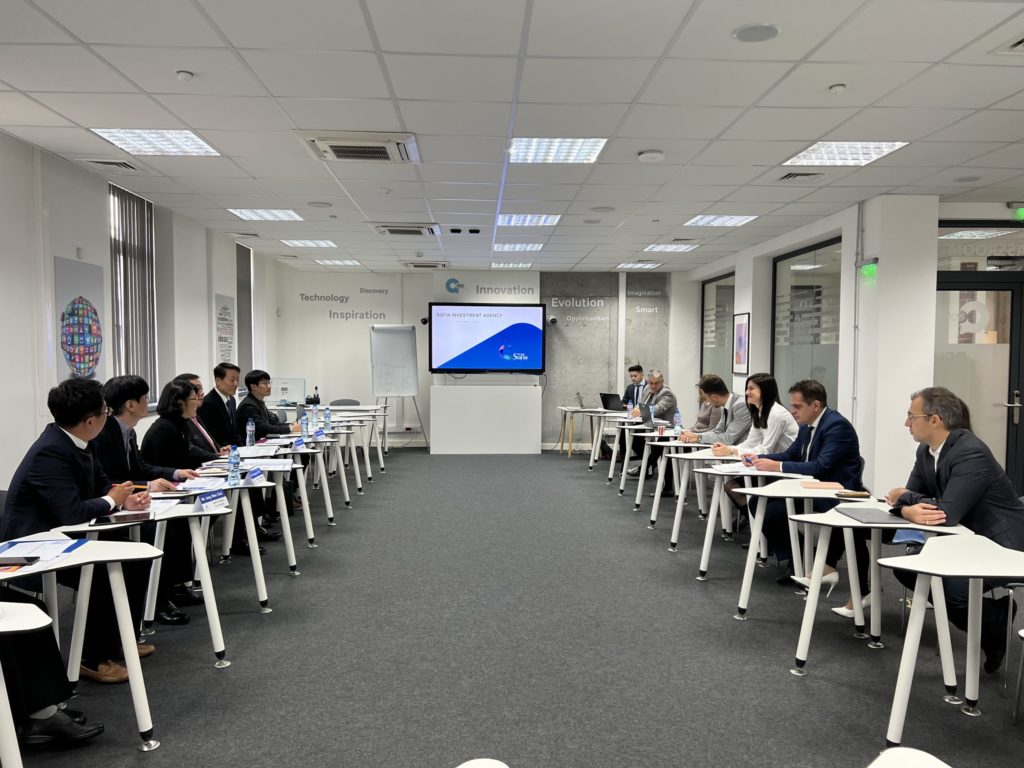
The delegates visited the National History Museum as part of their cultural visit to learn more about Bulgarian history and the fascinating relics that can be found on the land. There is even gold that dates back to more than 7,000 years ago!
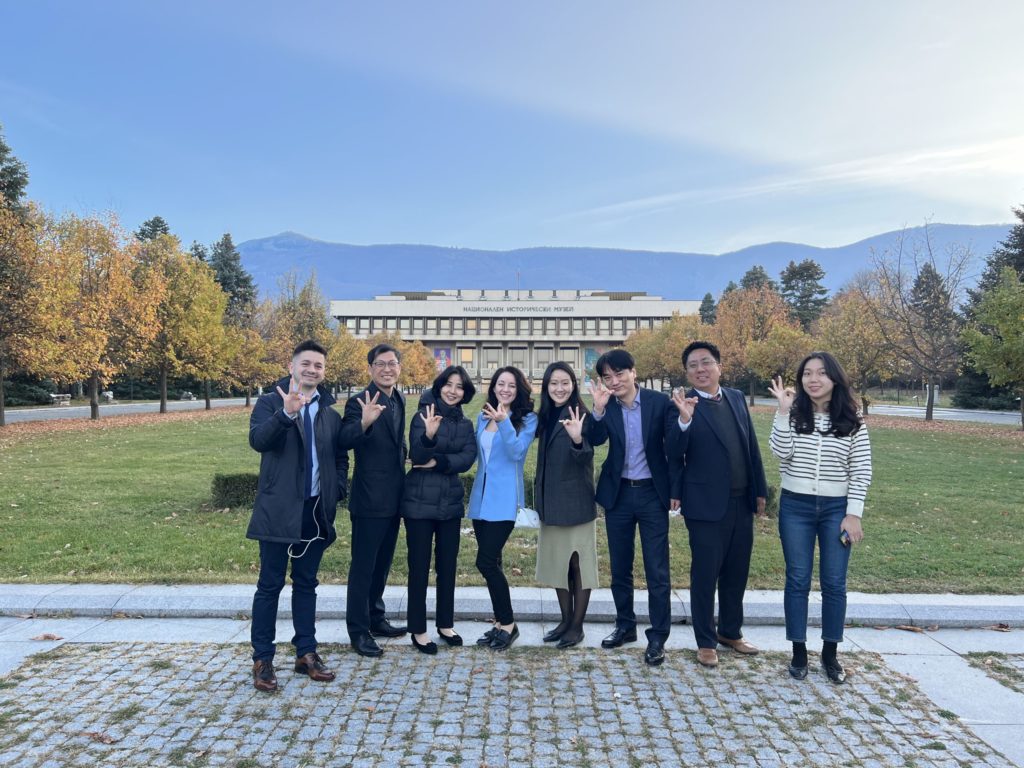
The last day of the study visit began with a visit to Innovative Sofia’s office, where the Sejong delegates received an introduction to the Innovative Sofia department. The department was born from a recognition of the fact that the world is rapidly digitalizing and that there is a need to address that in the government’s approach. One of the big focuses of Innovative Sofia is the Sandbox for Innovative Solutions, which is a programme that allows for innovative tech solutions to urban challenges to be tested. The aim of the sandbox programme is two-fold: to foster the development of the local ICT sector and innovative solutions, and to turn Sofia into a testing ground for innovations.
The green kindergarten is one of the sandbox projects that has found great success in Sofia. It has 30 photovoltaic panels that provide 13 kW of power, accounting for about 30% of the energy needed by the kindergarten. The Canary System, which is the air quality monitoring system, teaches children to be familiar with temperature, humidity, CO2 and fine dust through a child-friendly system of a canary responding to the air quality. The delegates visited the green kindergarten and got a chance to see the Canary System and photovoltaic panels in person, climbing through a window and onto the roof to view the panels up close. As this kindergarten is a public kindergarten, if the green kindergarten pilot being carried out here is successful and funding can be found, Sofia plans to scale this up to all public kindergartens in the city.
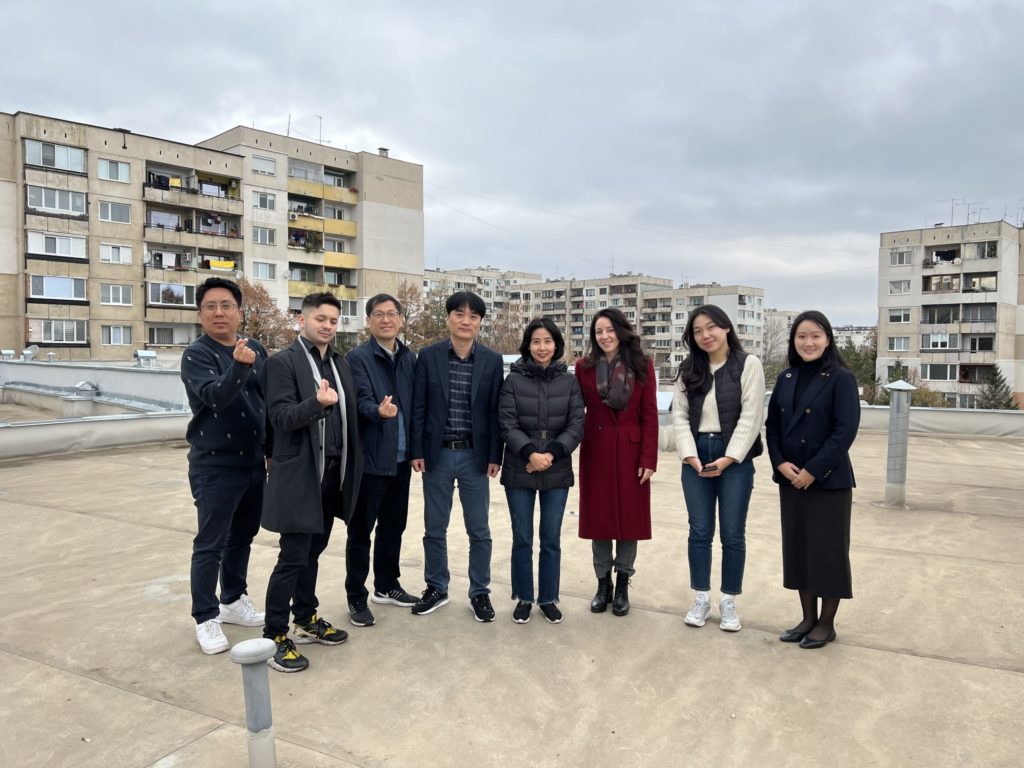
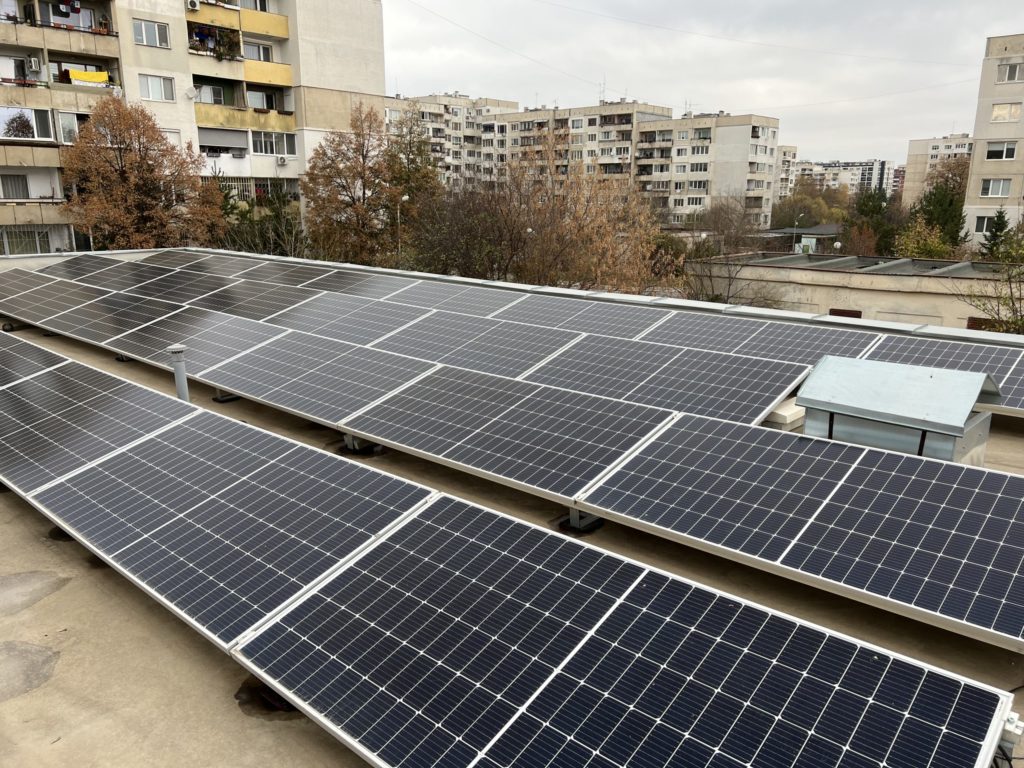
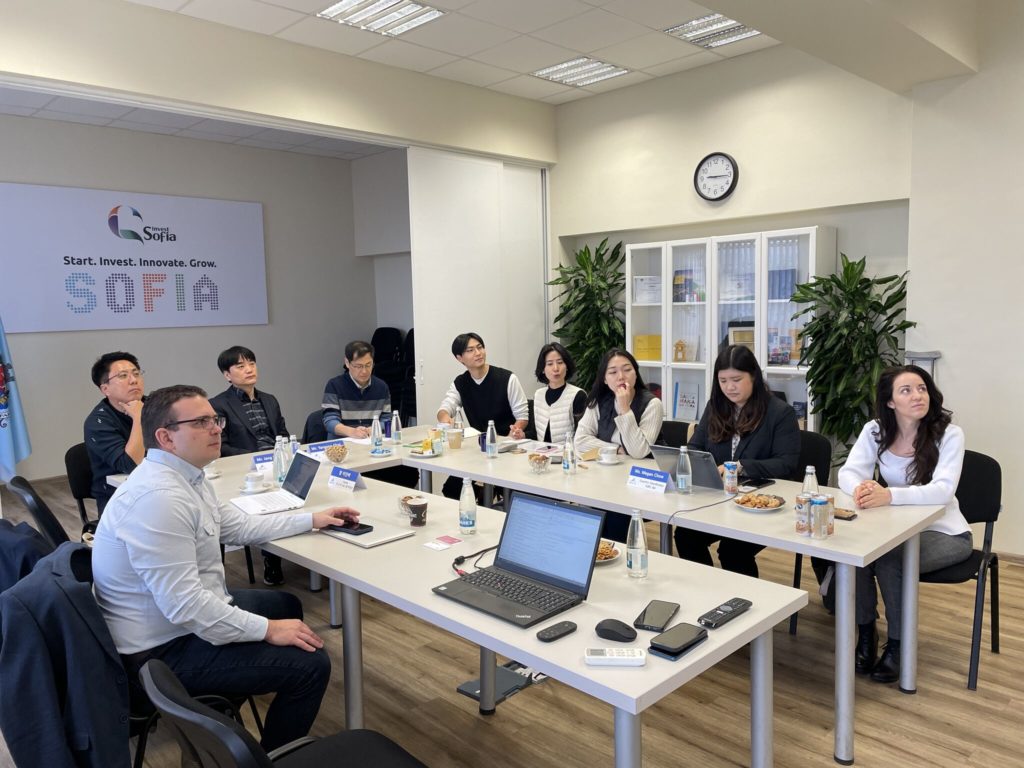
The delegates wrapped up the study visit with a UCAP session, where they had a chance to recap what they had seen and the next steps that needed to be taken for their pilot actions. Both cities have already well-established their joint action in new and renewable energy and are planning to take the next steps to begin the contact with Korean companies interested in exporting their knowledge and technology to Bulgaria. However, over the course of the study visit, interesting innovations and facts about Sofia’s mobility have arisen, and the two cities discussed the possibility of exchanging on mobility and smart payments as well.
Overall, the two cities parted with a lot of follow-up steps to take and many ideas for their future cooperation. The partnership between the two cities is developing organically and the more ideas that they can exchange, the more they will find in common to work on.
